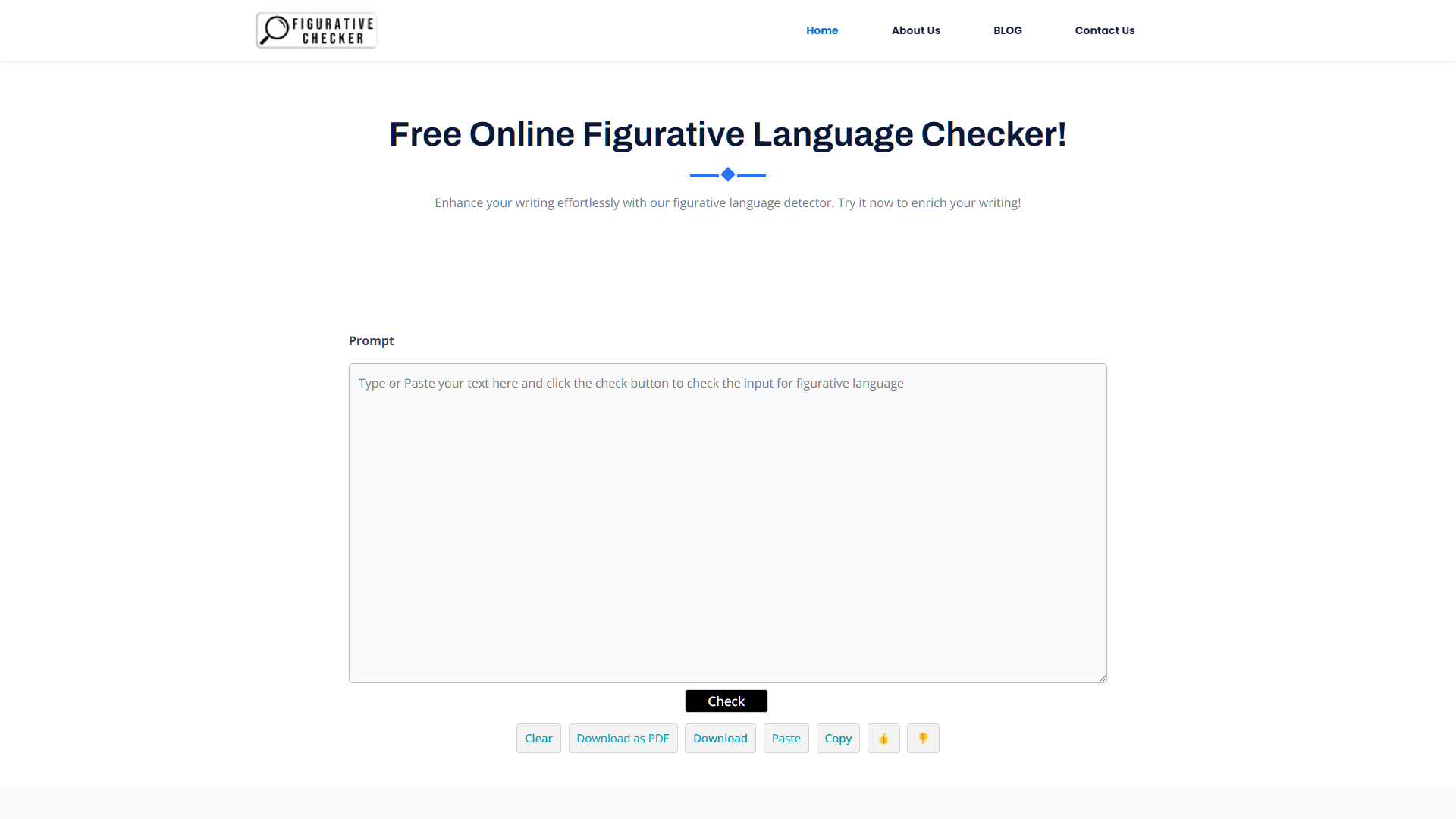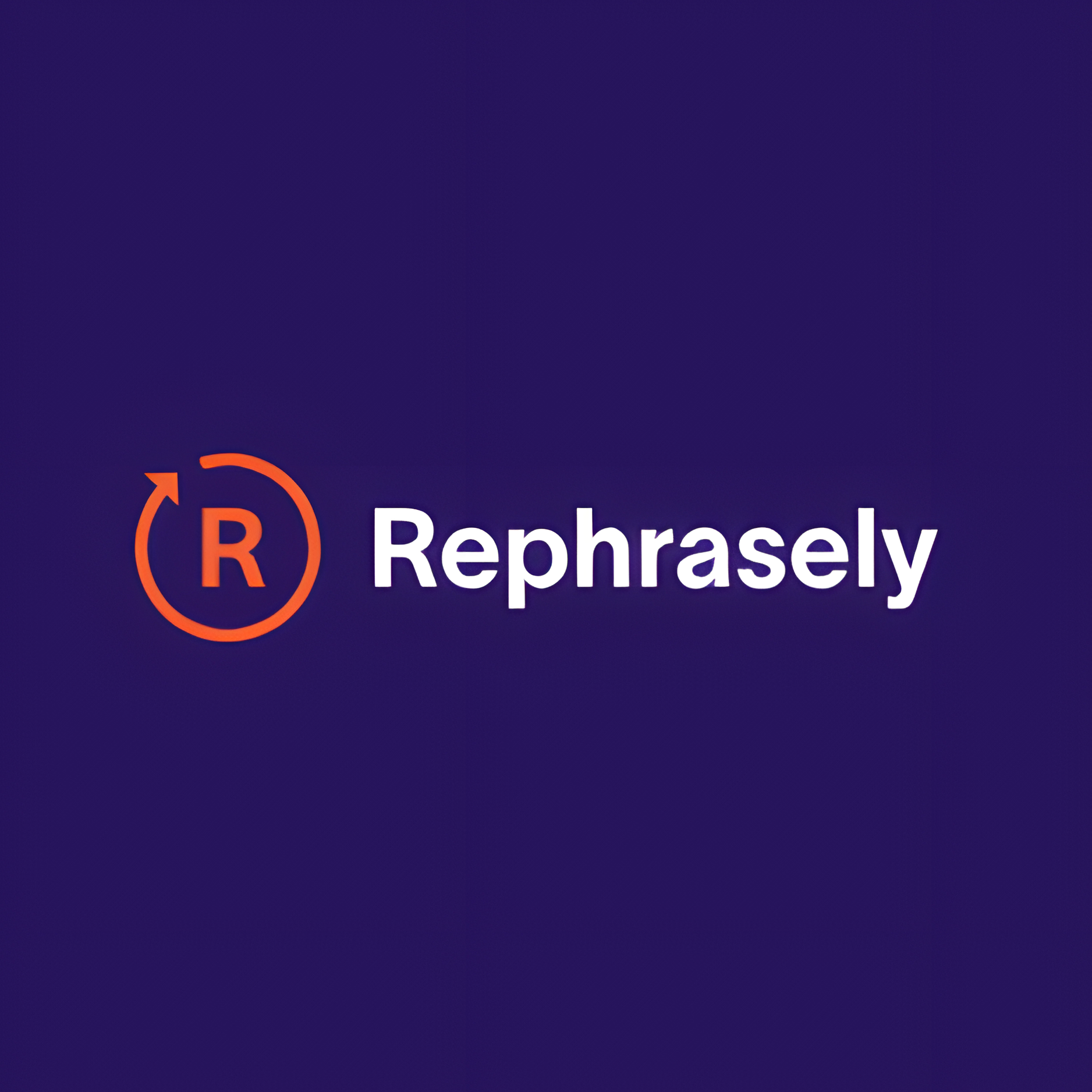Overview
Figurative Checker provides a unique, free online tool designed to enhance writing by identifying and analyzing figurative language elements such as similes, metaphors, personification, hyperbole, and idioms. This Figurative Language Checker helps users refine their writing by pinpointing these elements, which are crucial for adding depth, vividness, and emotional impact to text. By simply pasting text into the tool, writers receive immediate feedback on the figurative language used, along with explanations and examples that aid in understanding and applying these stylistic features effectively.
The tool is versatile, catering to a wide range of writing styles including creative, academic, and professional. It is particularly beneficial for students looking to improve their academic writing and creativity, as well as writers aiming to enhance the quality and expressiveness of their work. The website also plans to expand its language capabilities, making the tool accessible to a broader audience. By using Figurative Checker, writers and students can not only polish their writing skills but also make their content more engaging and memorable for their readers.
Key features
- Comprehensive detection: Scans text to identify various figurative language types like similes, metaphors, and personification to enhance writing quality.
- Real-time analysis: Provides instant feedback on the figurative elements present in the text, allowing for quick revisions and improvements.
- Educational resources: Includes detailed explanations and examples of each figurative language type, helping users learn and apply them effectively.
- Multi-genre suitability: Equally effective for creative, academic, and professional writing, making it versatile for different writing needs.
- User-friendly interface: Simple and intuitive design allows users to easily paste and analyze their text without any hassle.
- Future language expansion: Plans to support additional languages, broadening the tool’s usability for a global audience.
 Pros
Pros
- Customizable feedback settings: Users can adjust the sensitivity and types of figurative language the tool detects, tailoring the feedback to specific learning goals.
- Integration capabilities: Easily integrates with popular word processors and writing platforms, enhancing workflow and productivity.
- Collaborative features: Allows multiple users to work on a document simultaneously, providing feedback on the use of figurative language in shared texts.
- Historical data analysis: Tracks and displays changes in the use of figurative language over time, helping users understand their learning progress.
- Accessibility features: Includes options for text-to-speech and high-contrast modes, making it accessible for users with visual impairments.
 Cons
Cons
- Resource intensity: Requires significant computational resources, which might slow down devices with lower specifications.
- Limited language support: Currently supports only a few languages, limiting its use for non-English speakers.
- Over-dependence risk: Heavy reliance on the tool might inhibit the development of personal editing skills.
- No offline functionality: Requires an internet connection to function, limiting its accessibility in areas without connectivity.
- Potential for misinterpretation: Automated analysis might not always accurately interpret the context or subtlety of figurative language.

















